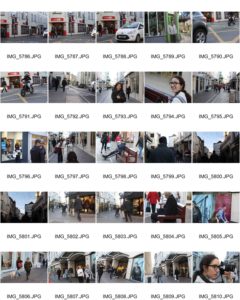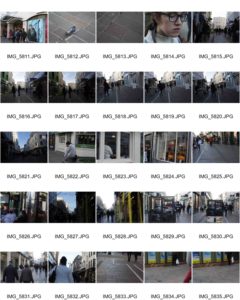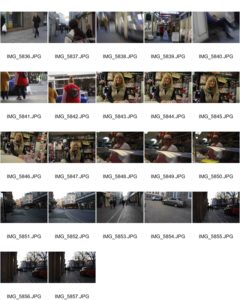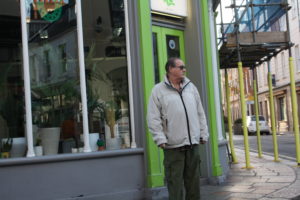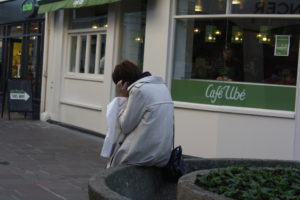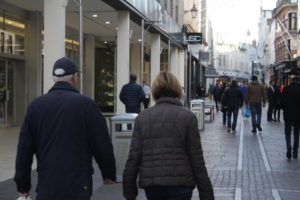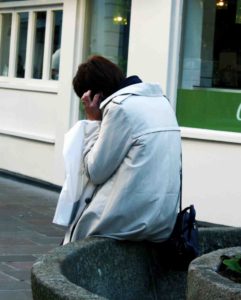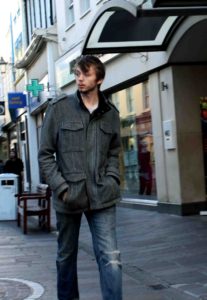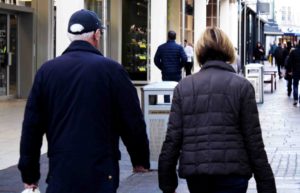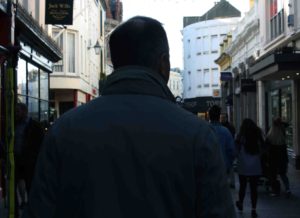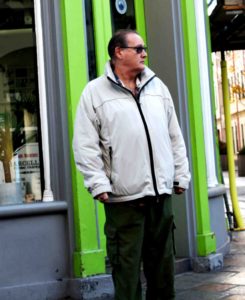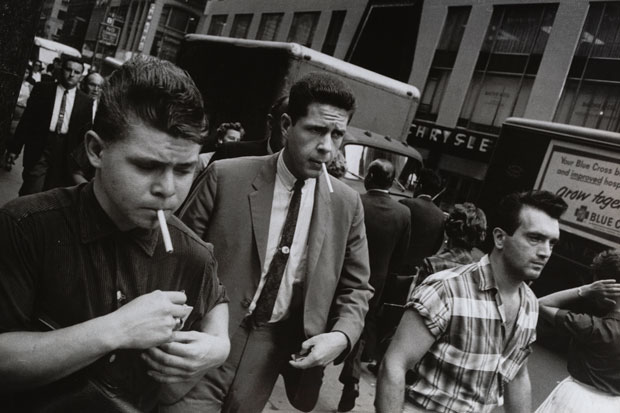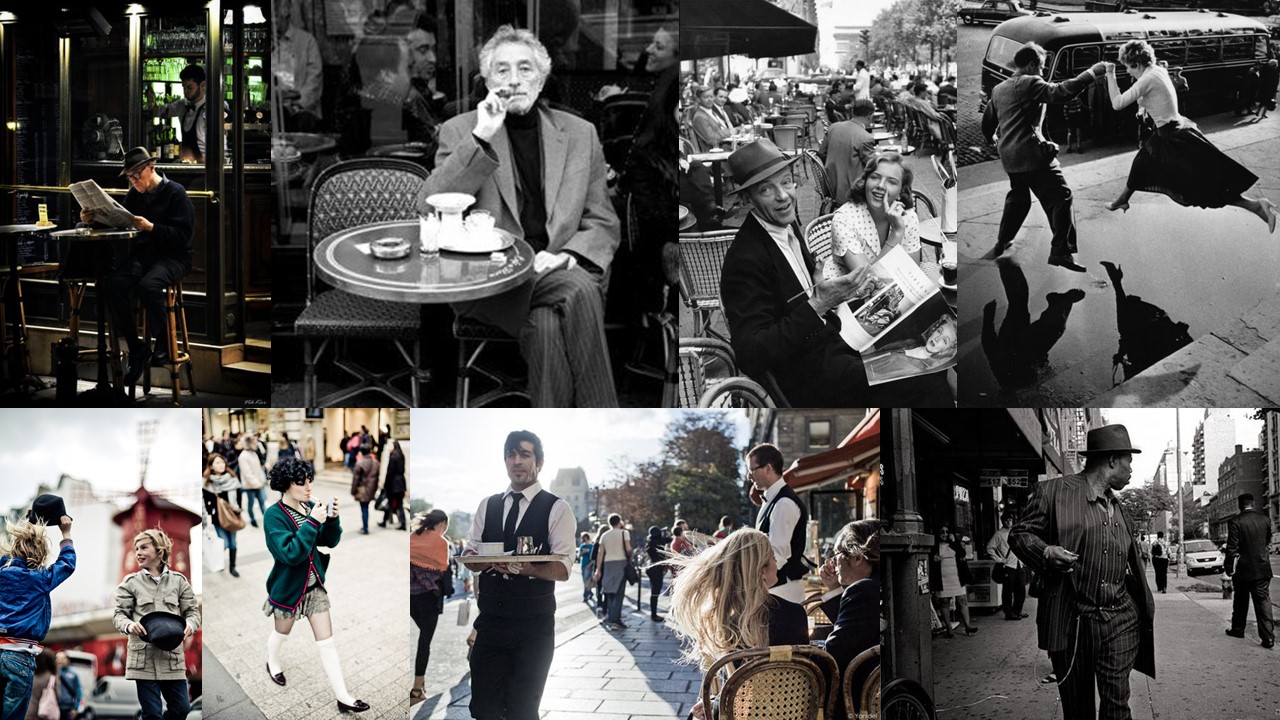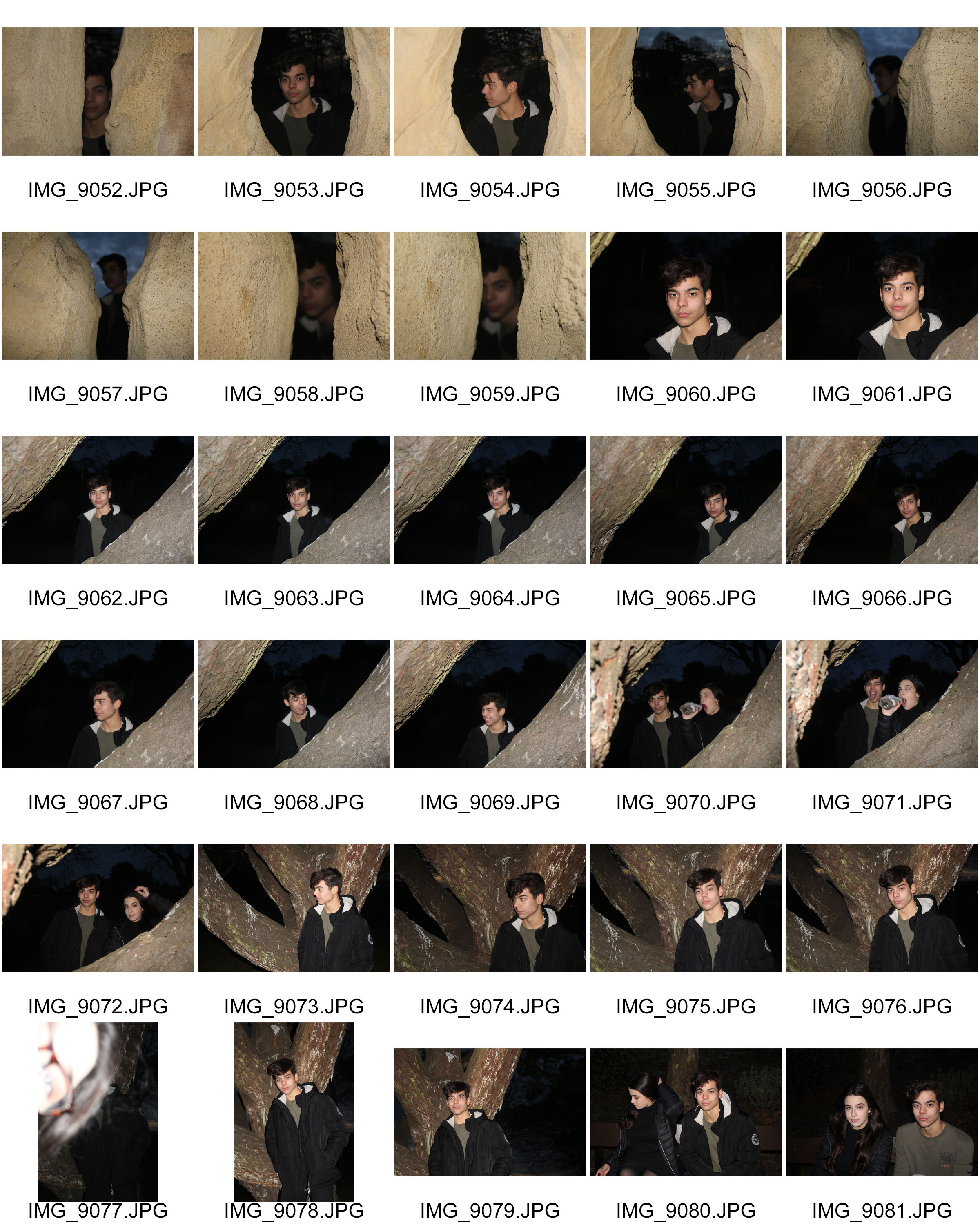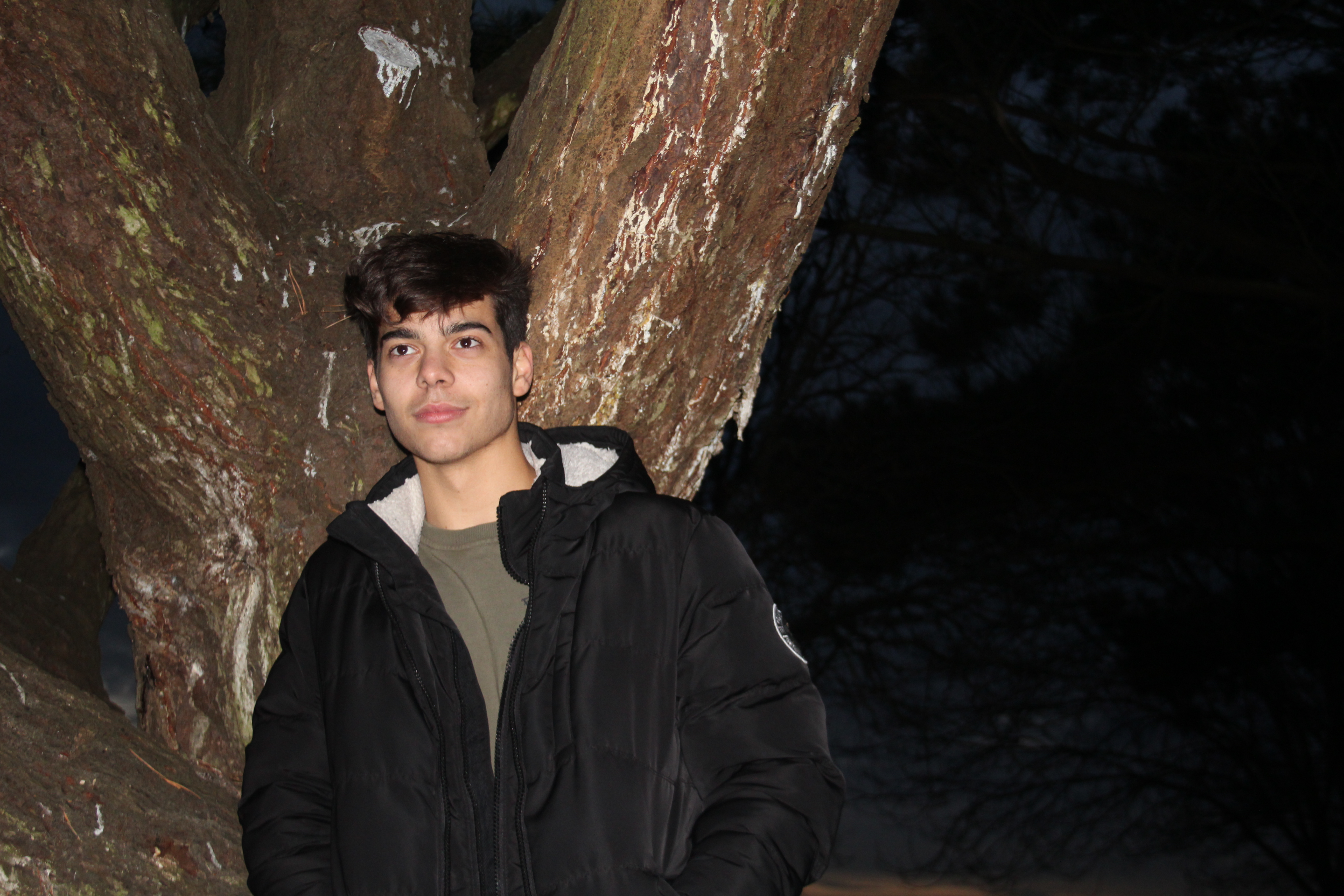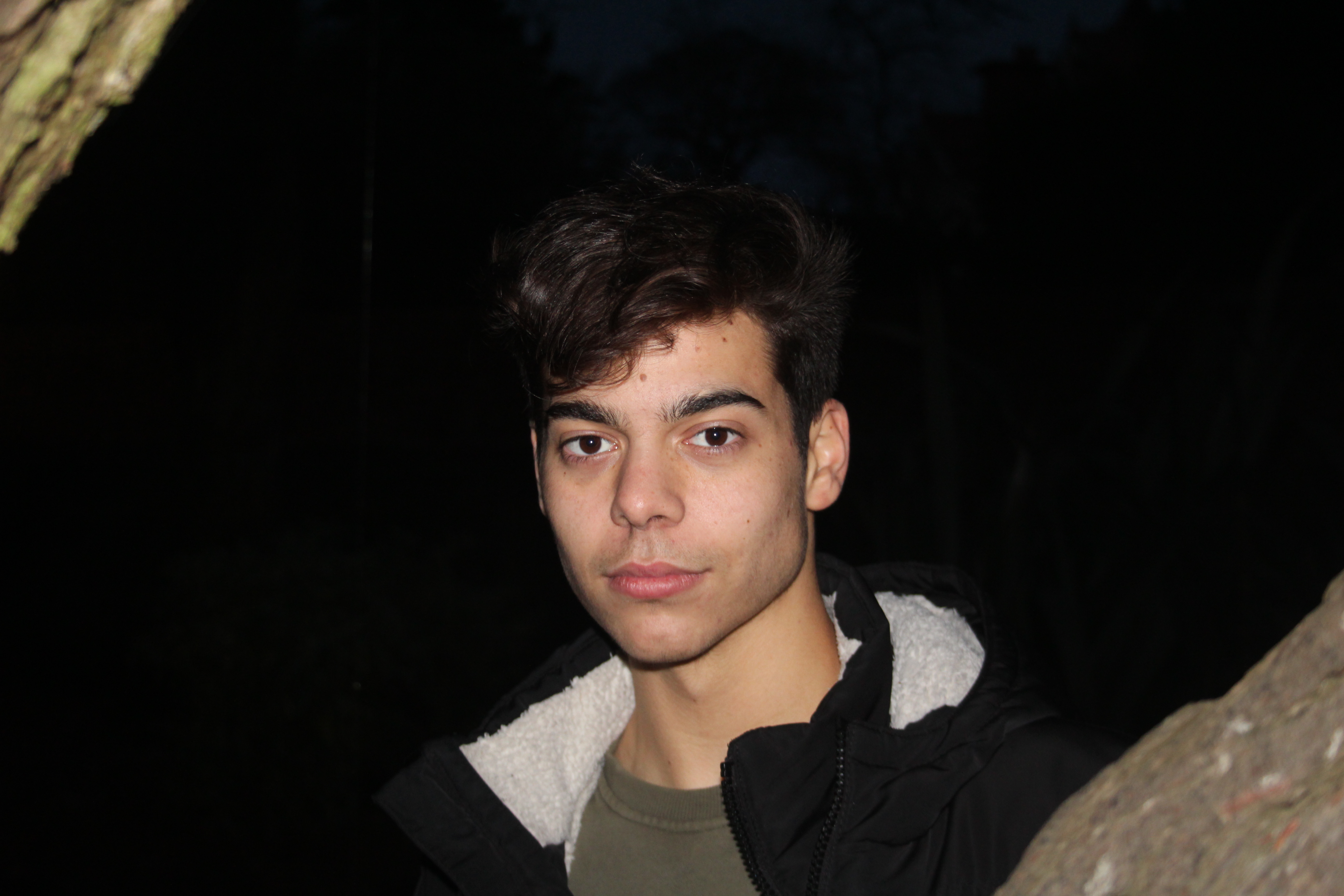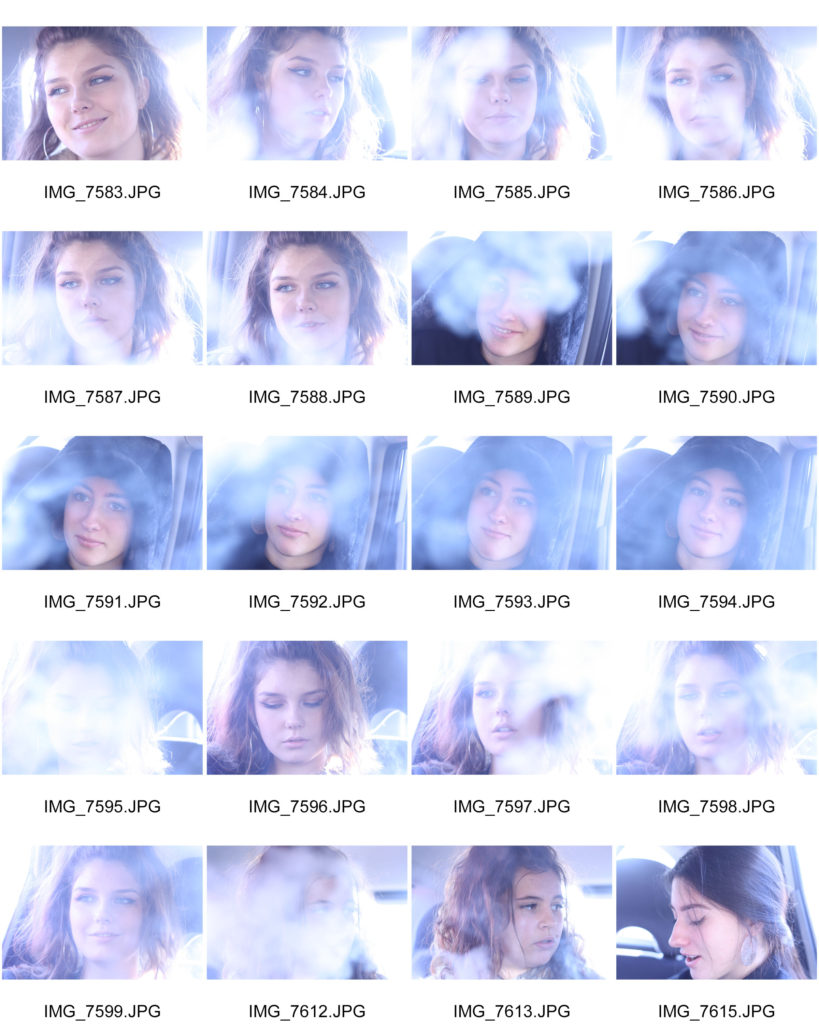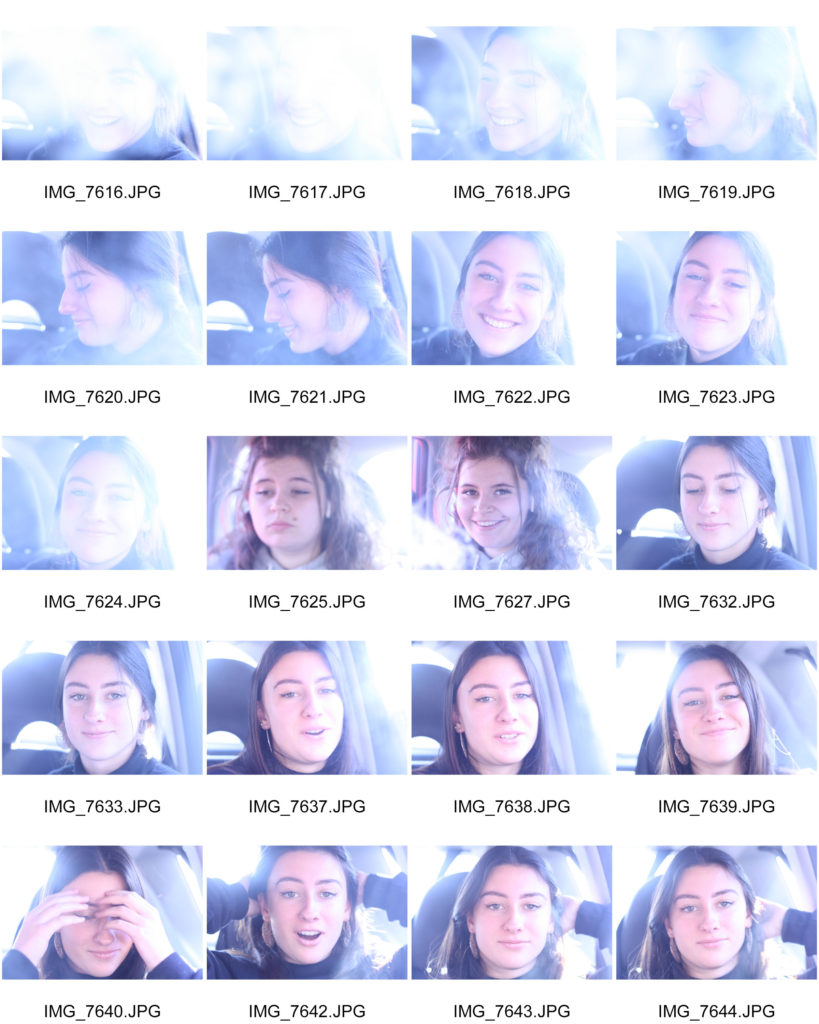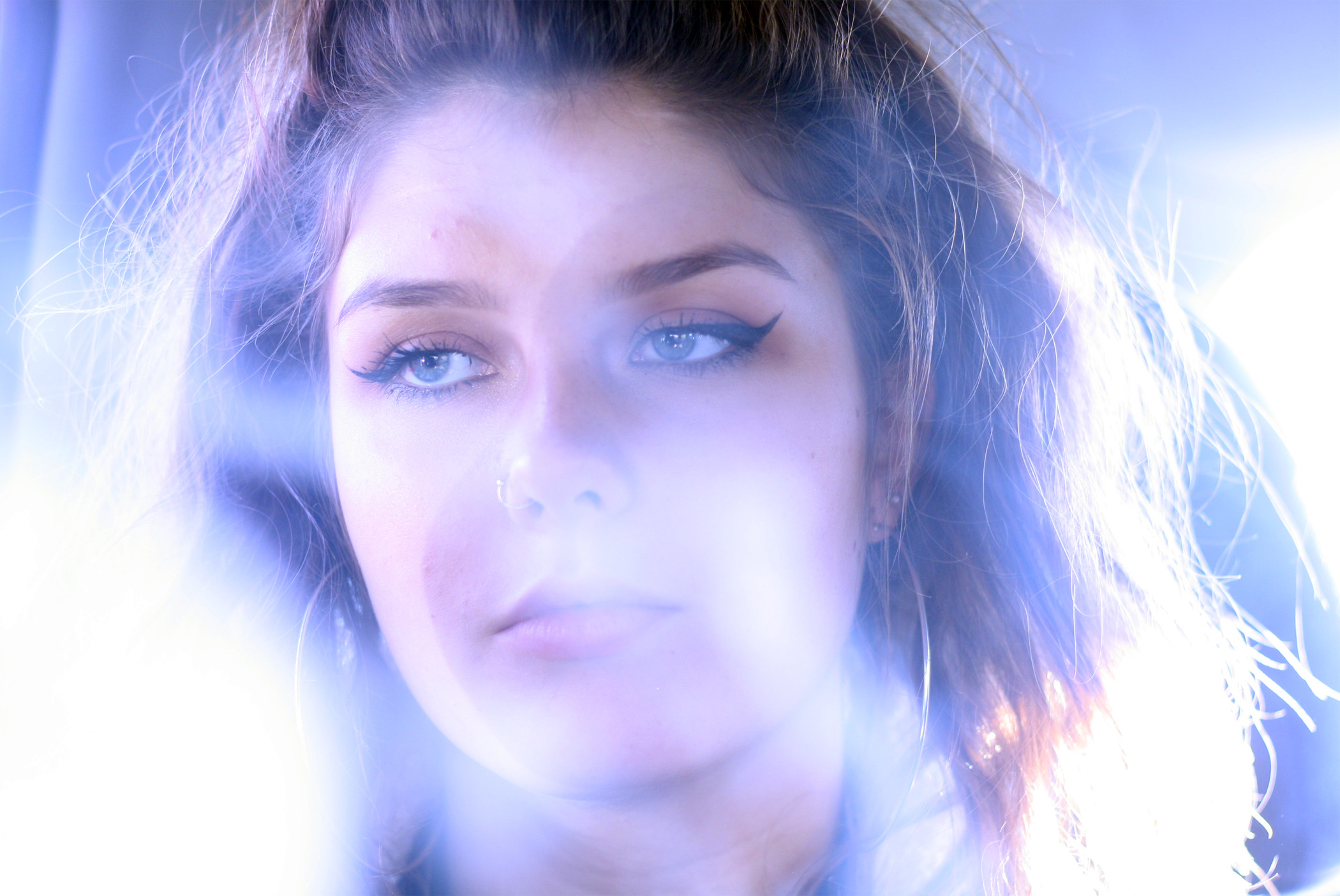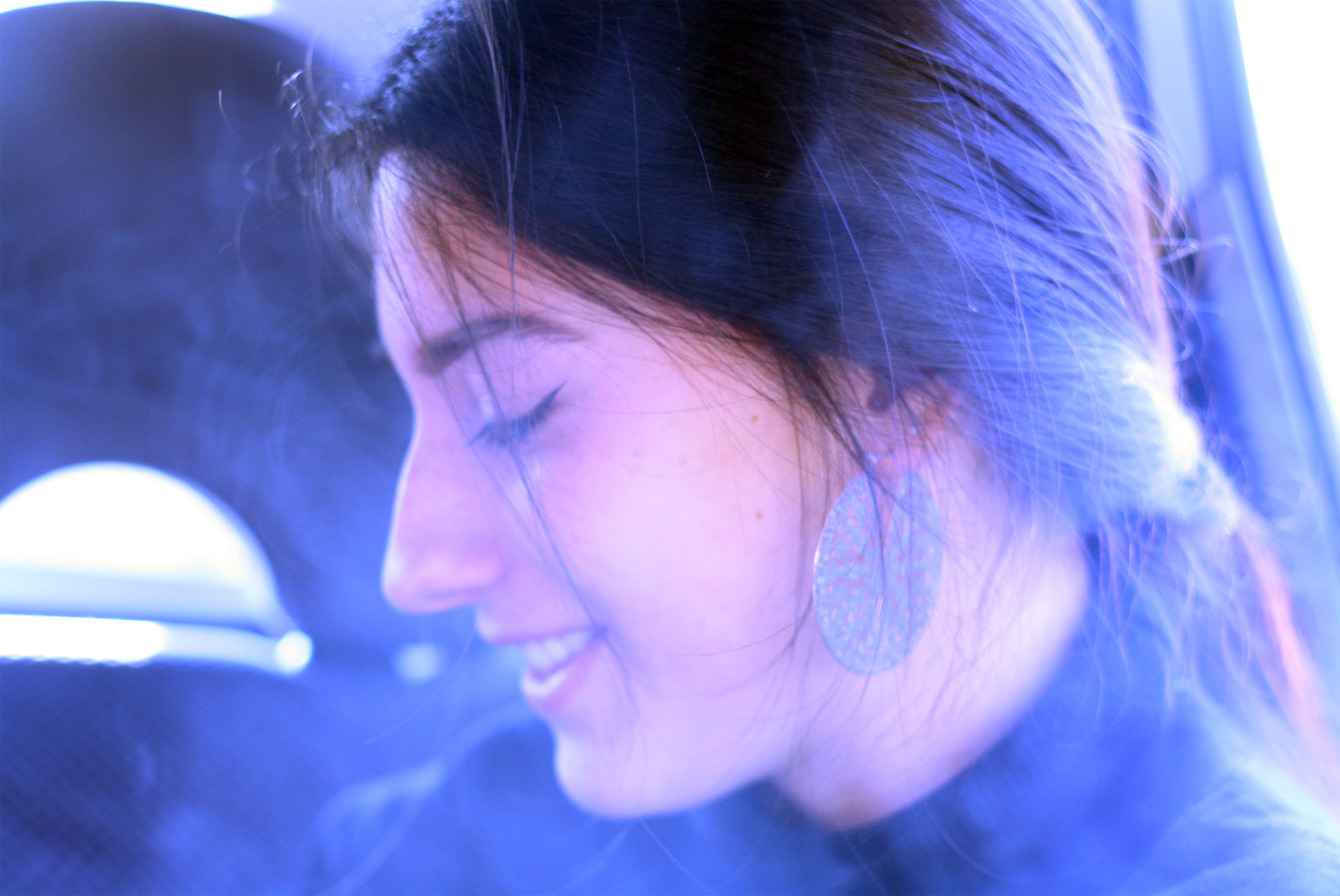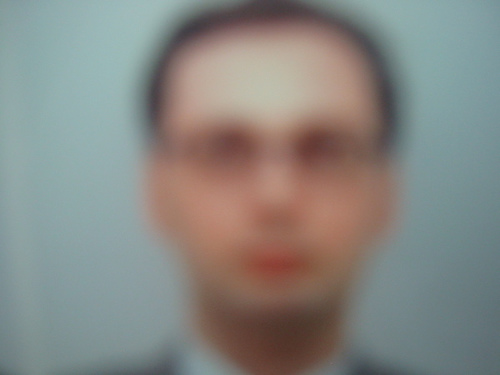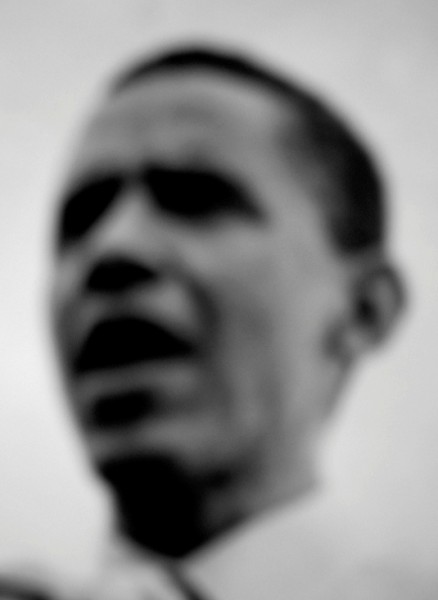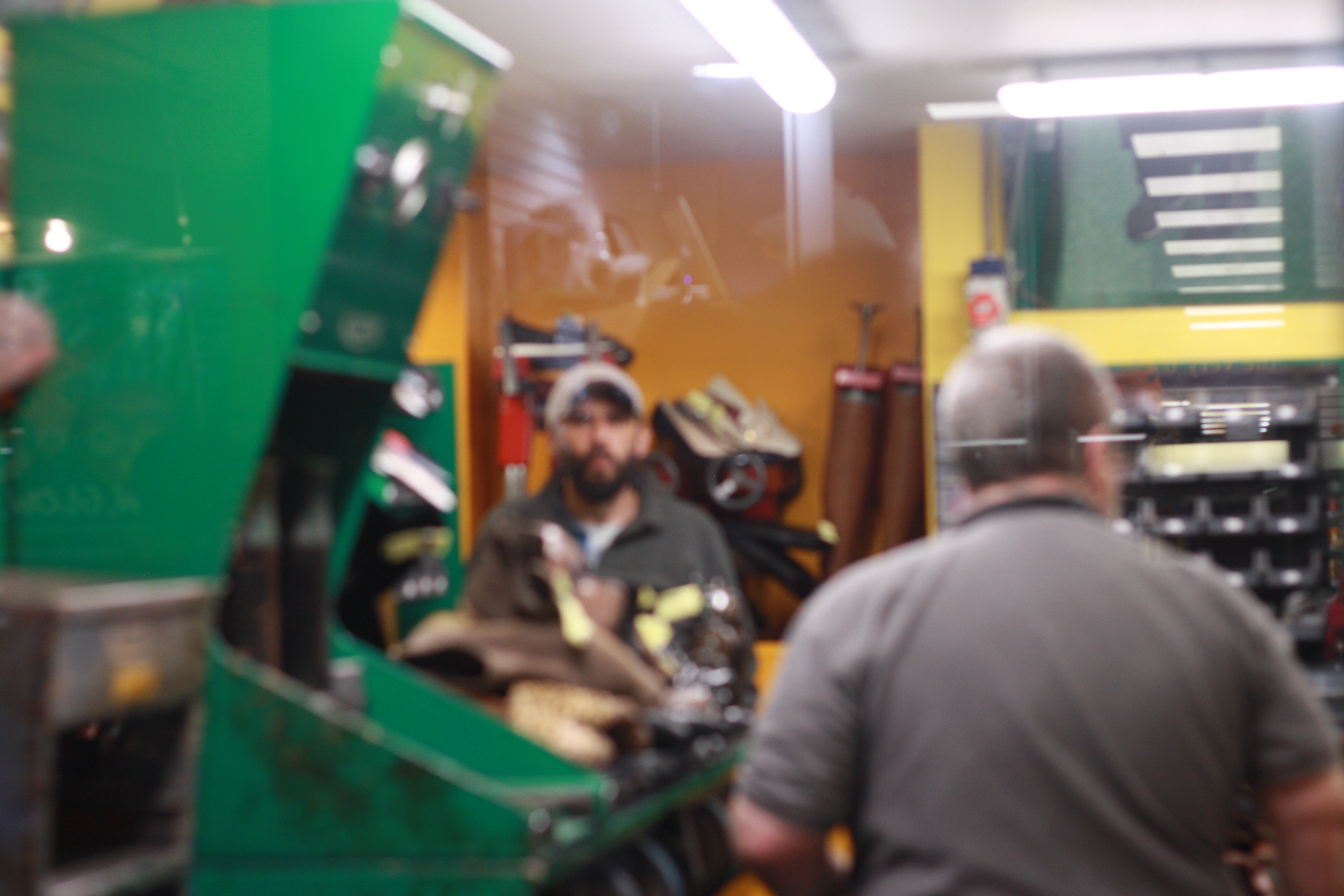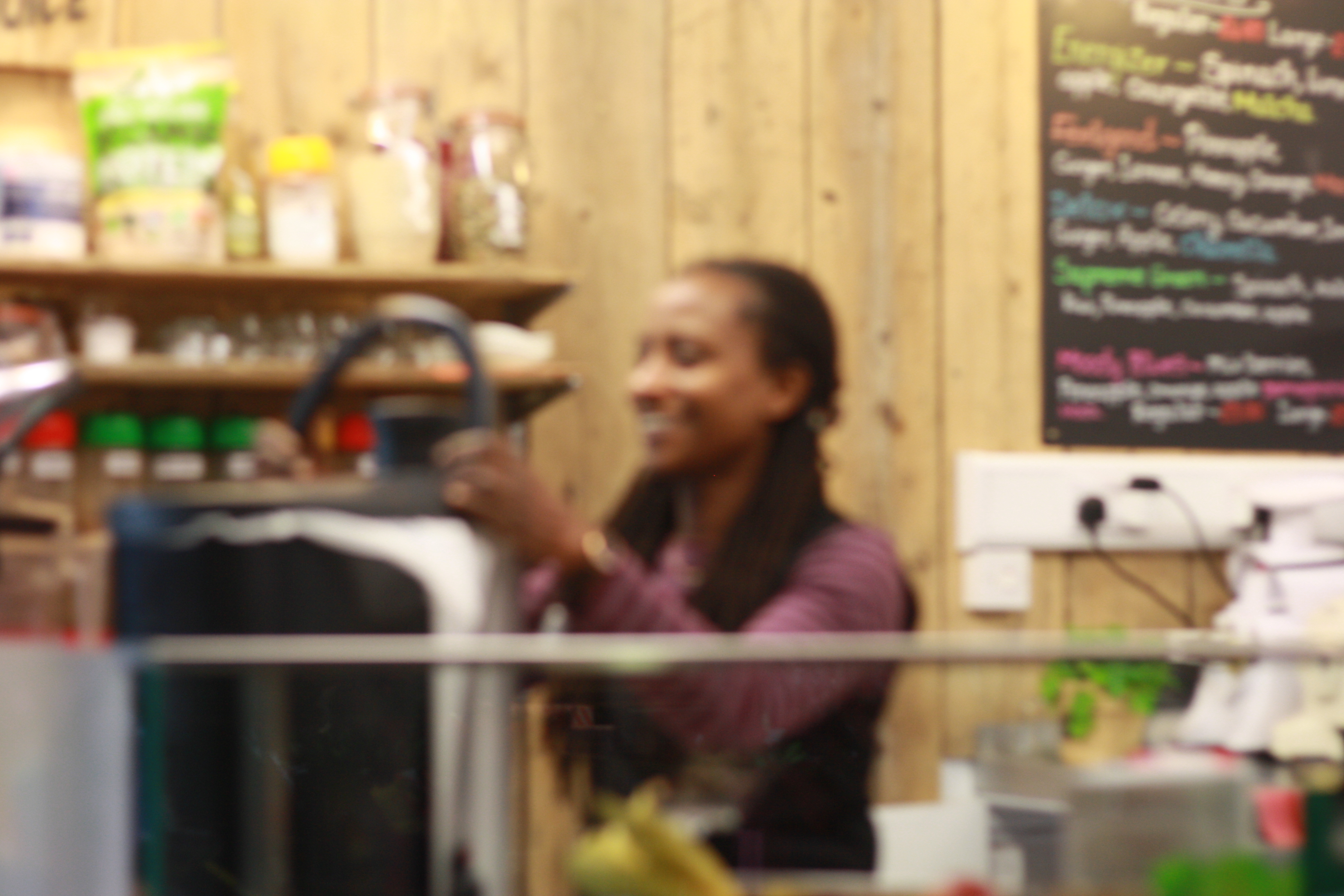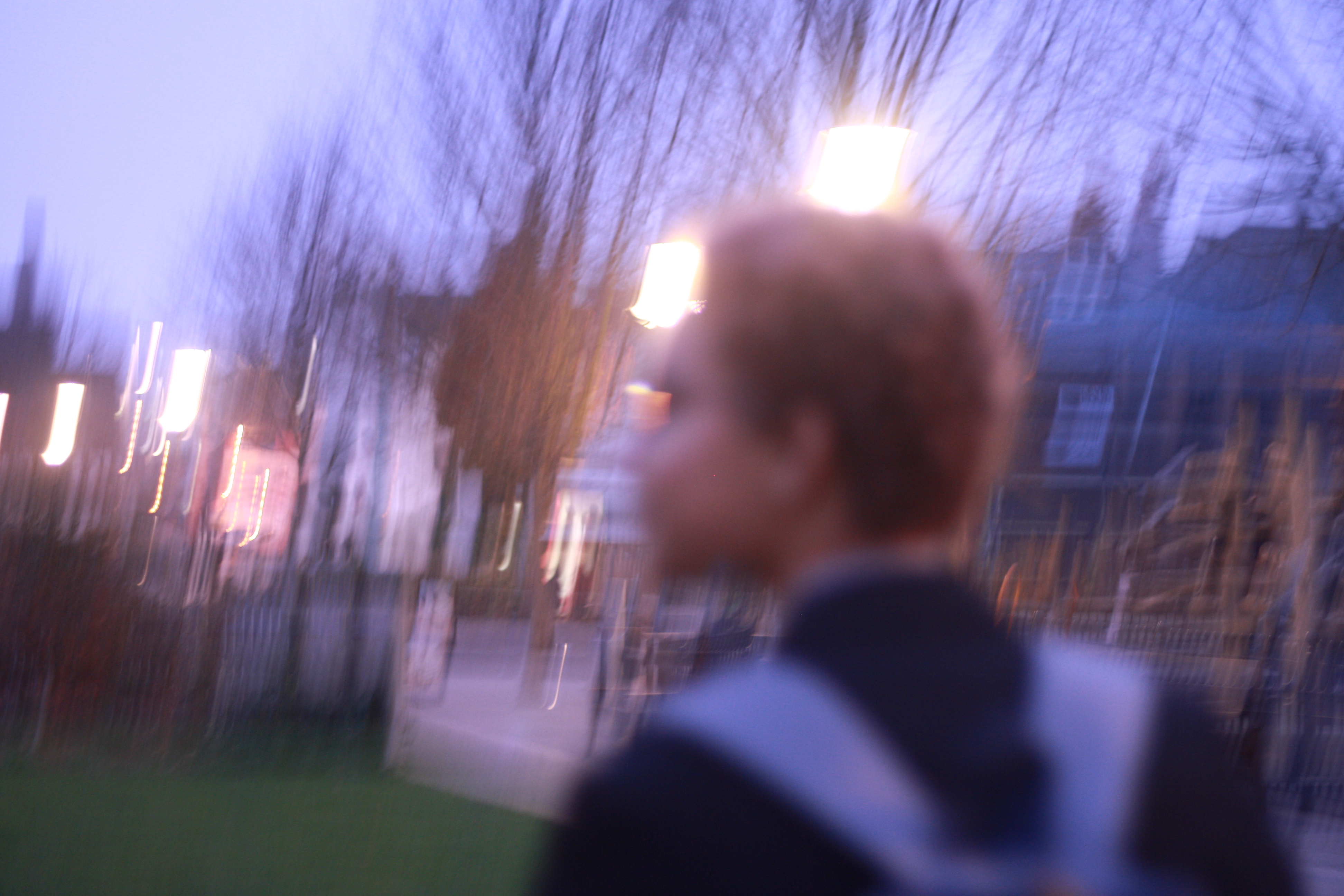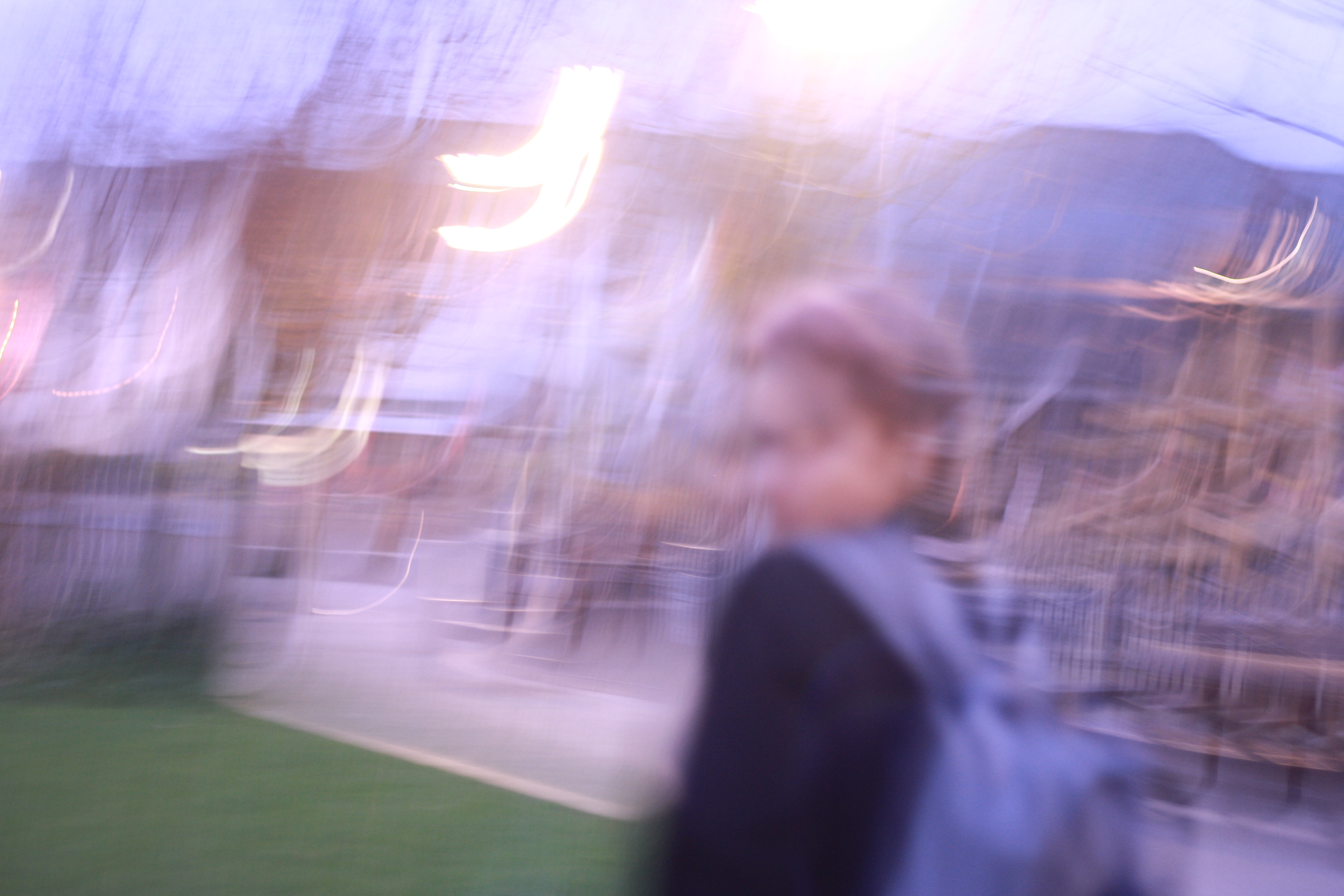Overall the experience was good for my confidence and it put me out of my comfort zone. The anticipation of this shoot was fairly scary as I don’t feel comfortable taking pictures of people that I don’t personally know. I can know say I have huge amounts of respect for street photographers, you need to be confident in your personality and camera skills, because everything is happening so fast and to be able to take a sharp photo which is in focus takes skill. Although I did get some good final outcomes from this shoot there are many photos which were a large part of trial and error. Due to the changing of location from the bright sunny street to the dark dingy market, it made it hard for me to adjust the camera to get the right exposure, so in some of my photos it’s either too dark you can’t see detail on people faces or the light in the background is over exposed and the background becomes too bright. 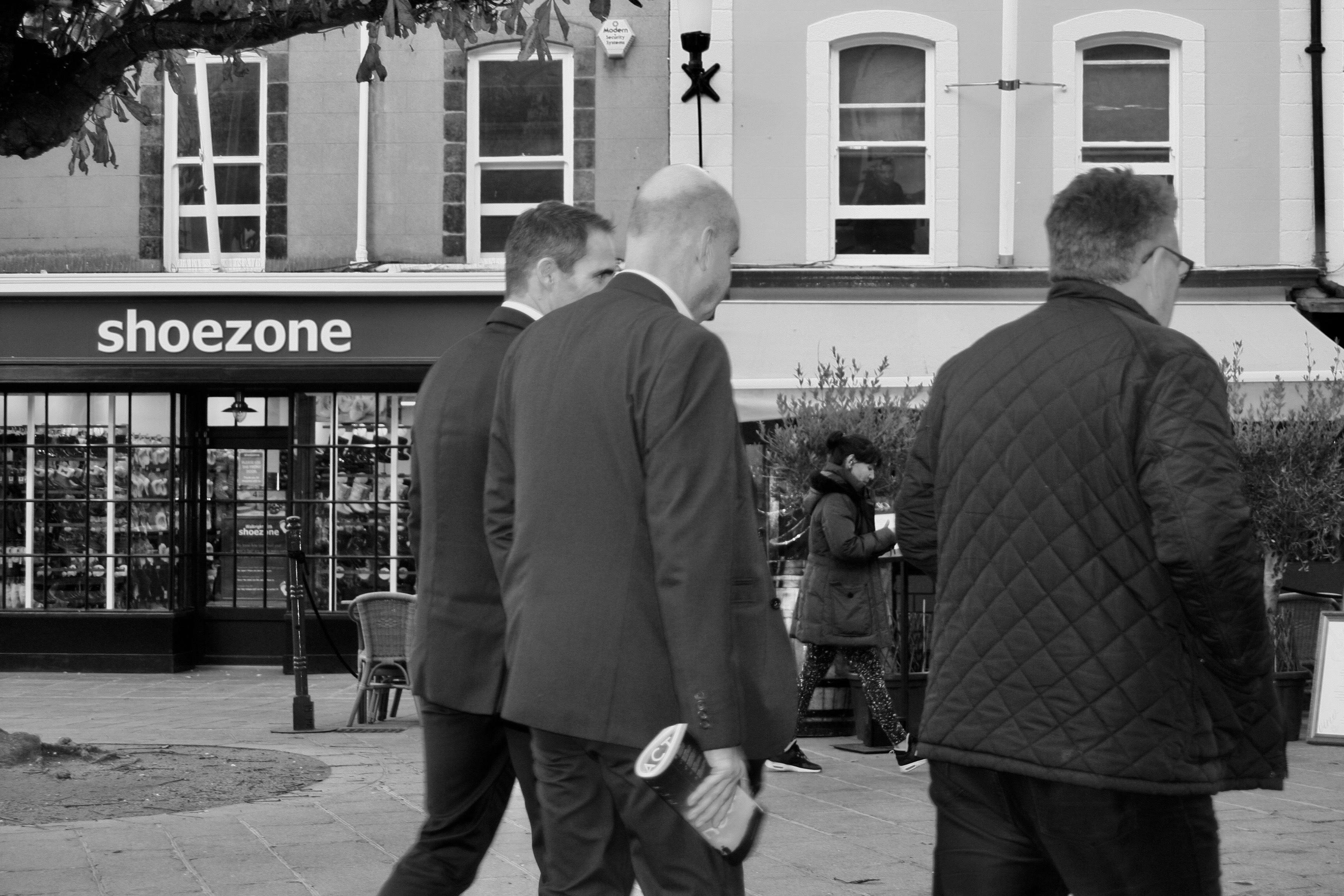
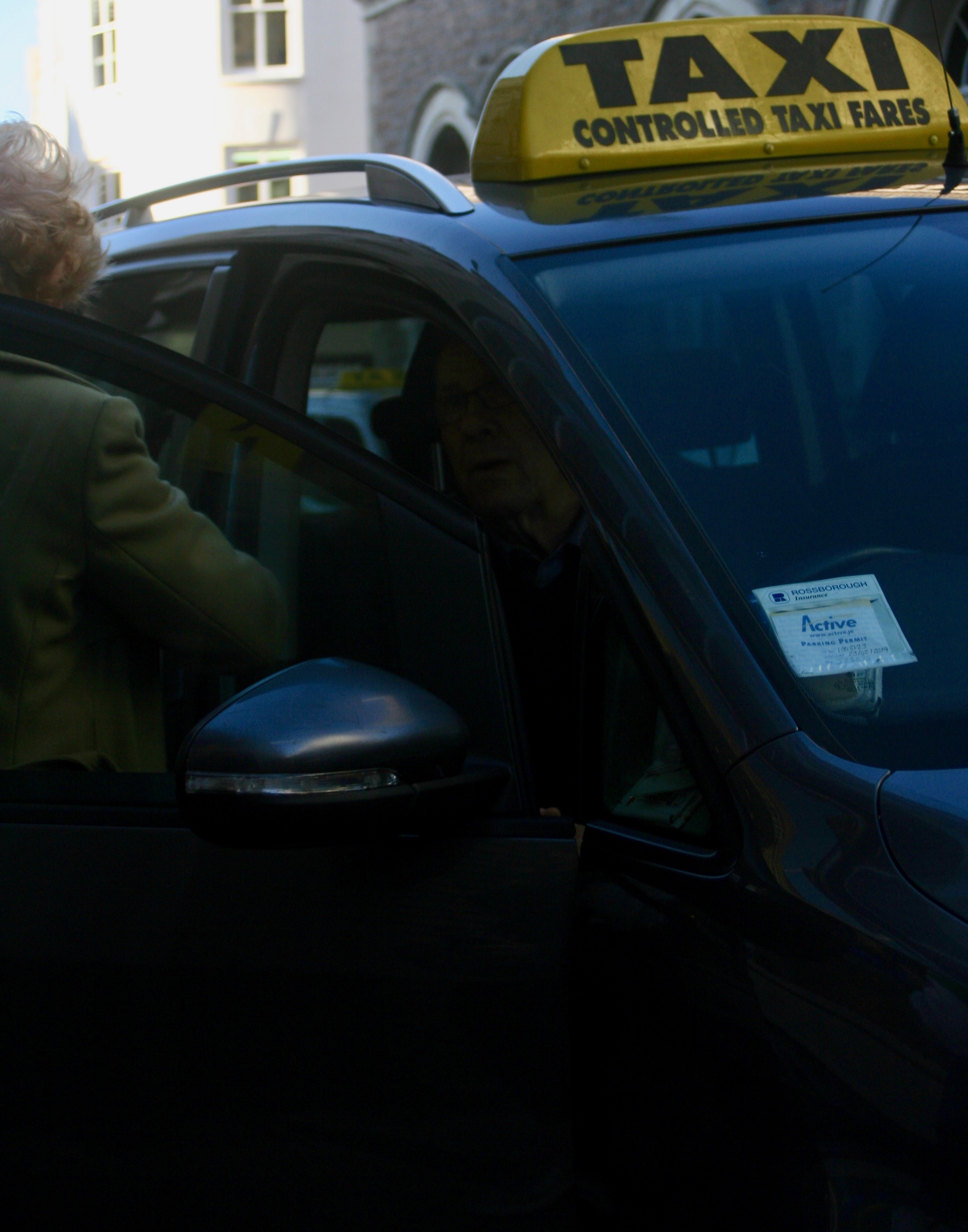
In this particular photo it was under-exposed, so i had to lighten the picture in Photoshop in order for the taxi-drivers face to become clear.
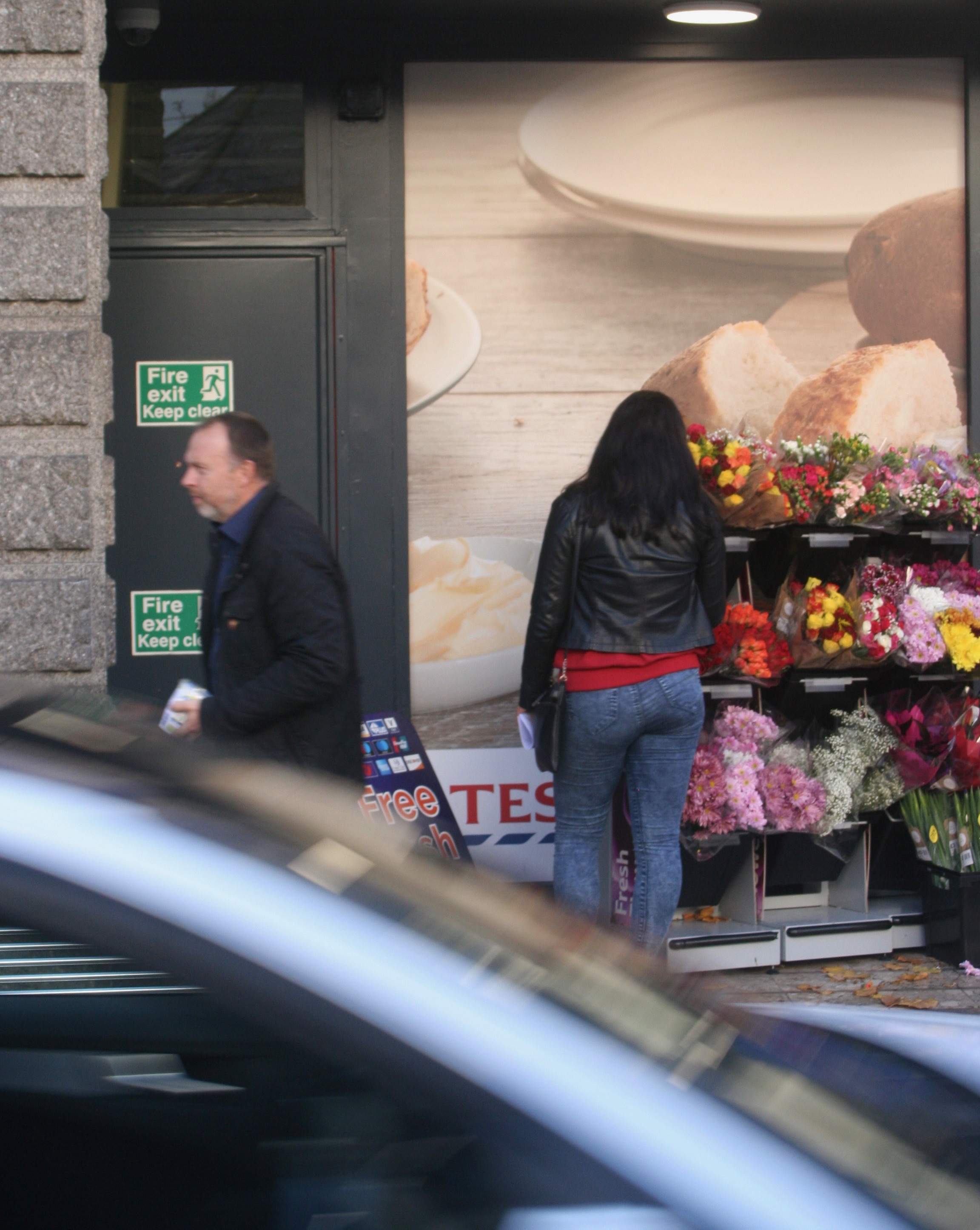
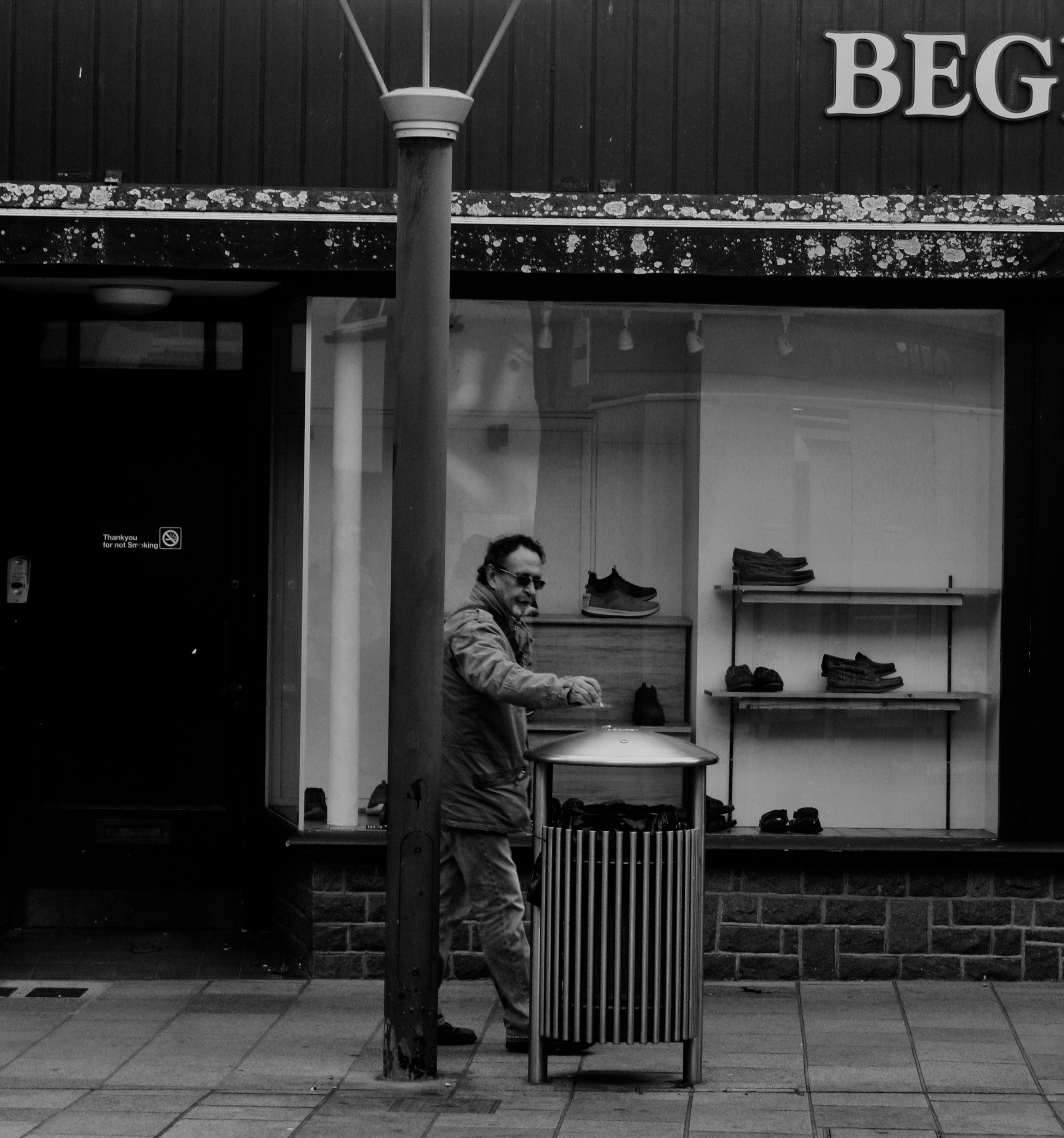

This was one of my favourite photos from from the shoot because of the sharpness of the women, but yet again my exposure was faulty and the sky was over-exposed, lucky cropping easily solved the problem.
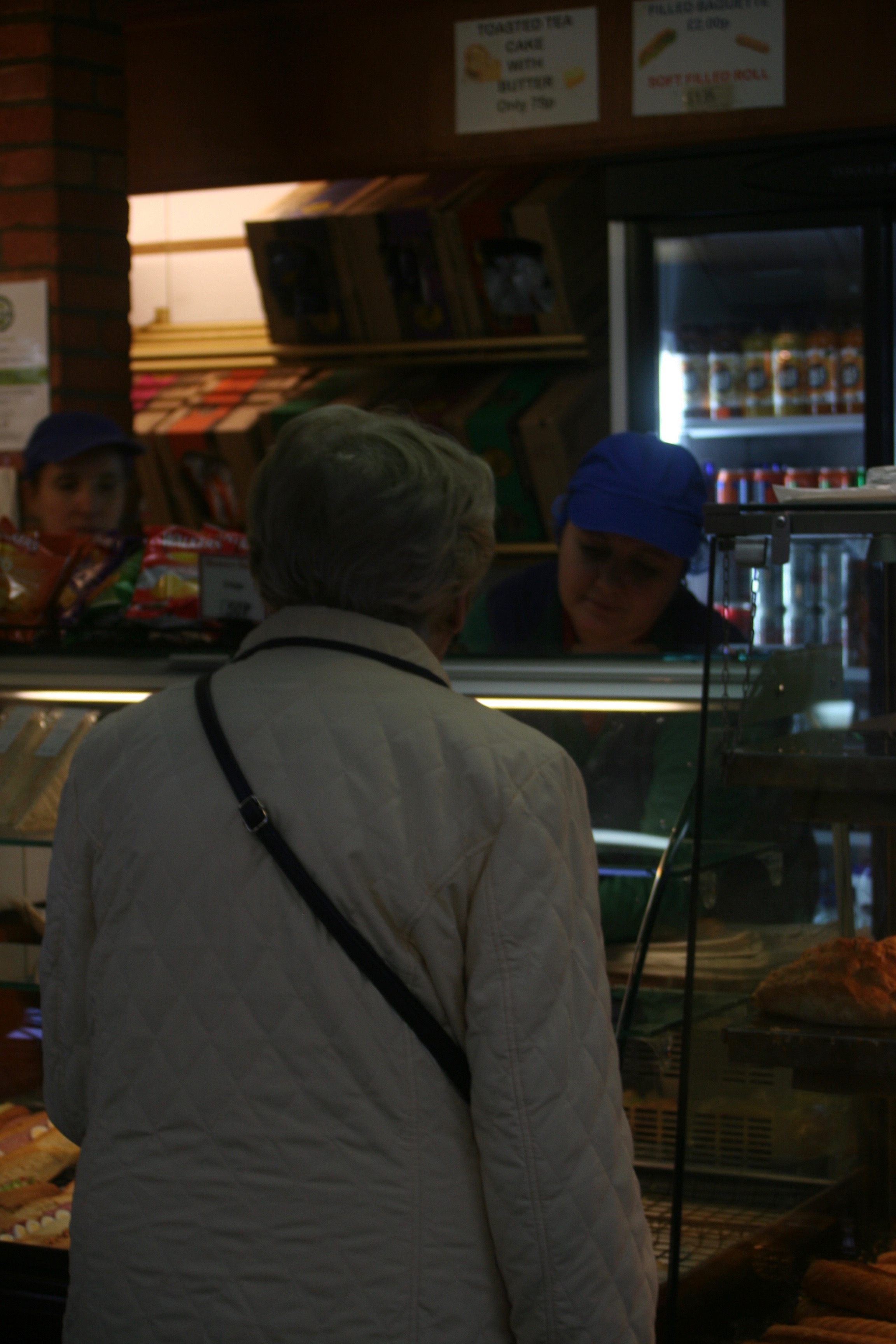
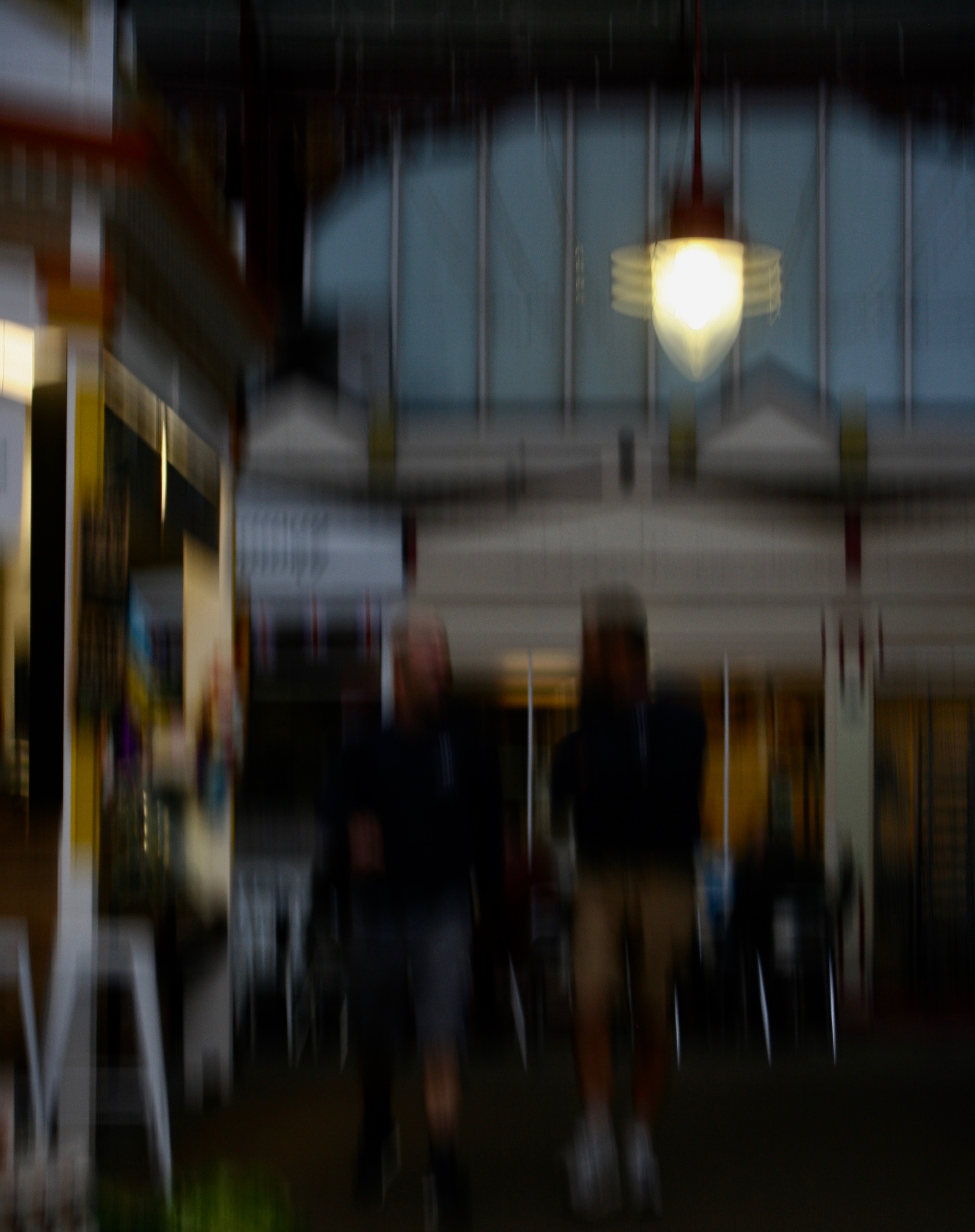
Although this picture was blurred, unfocused and lacked sharpness, i still liked it. I cropped it to get rid of the negative space on the floor and provide more focus towards the light and men. I liked how the blurriness of the photo represents the constant movement in the street and how everything moves like clockwork in town on the week days with everyone as work.

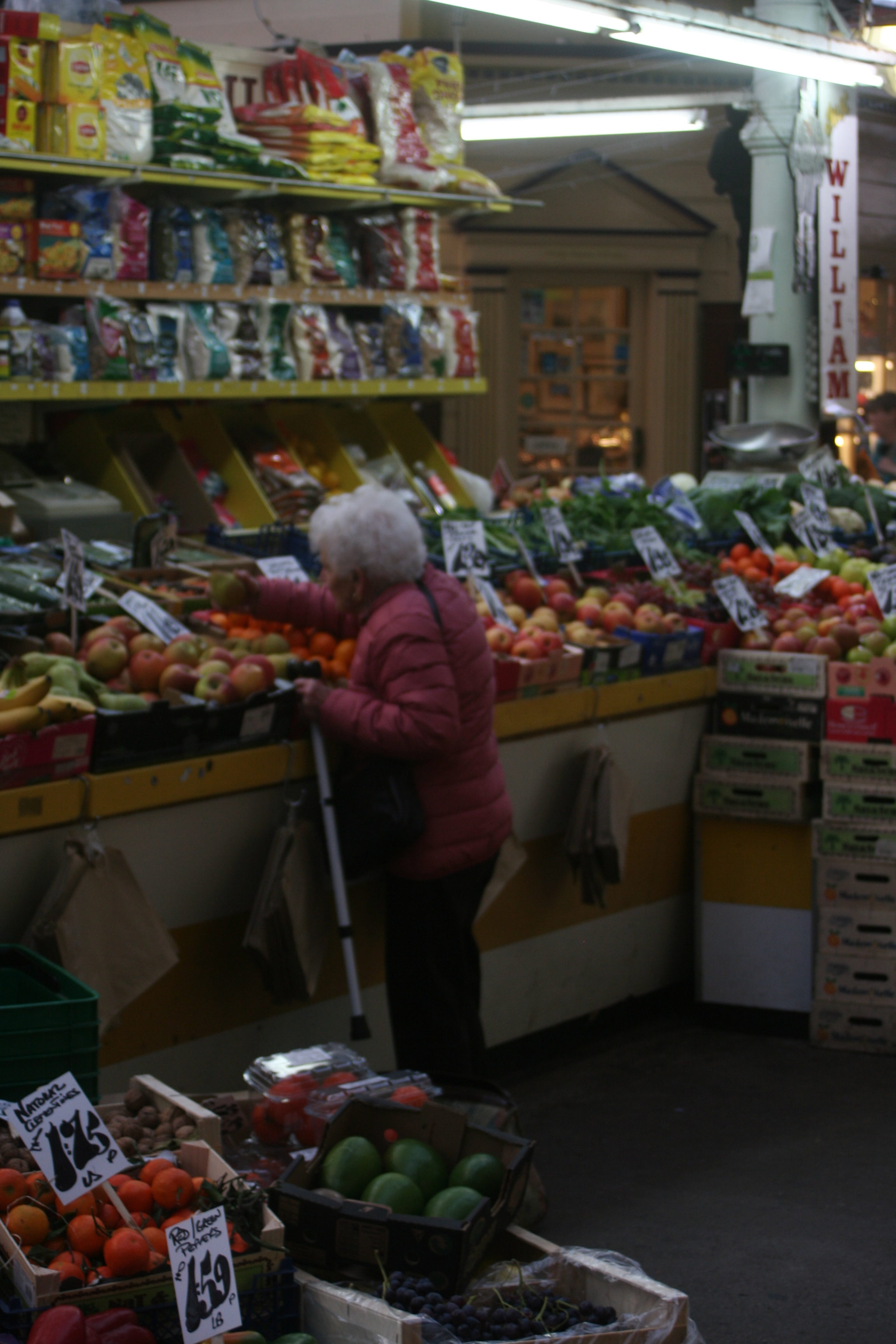

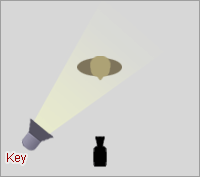
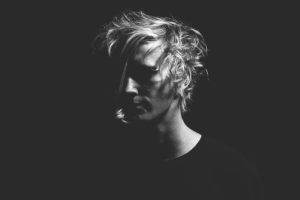
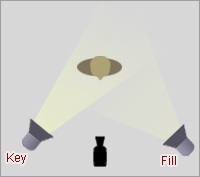
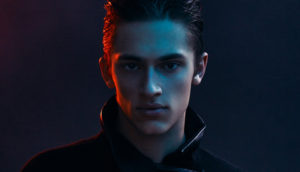
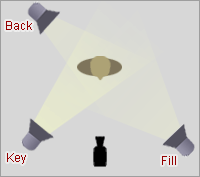
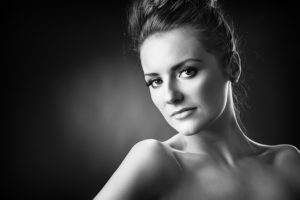
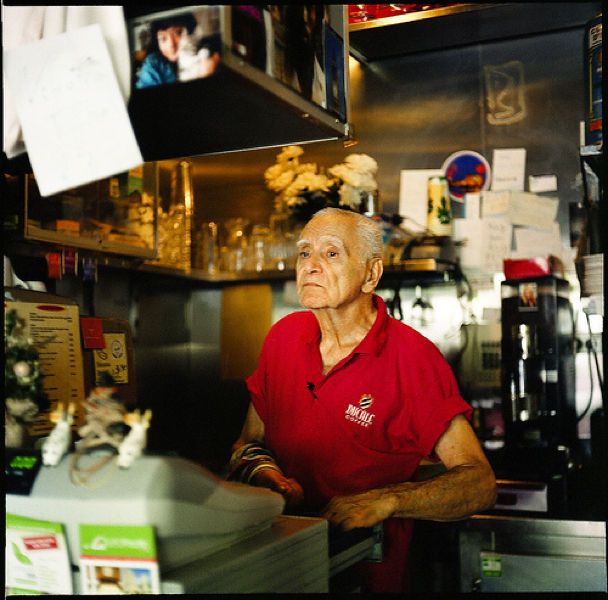
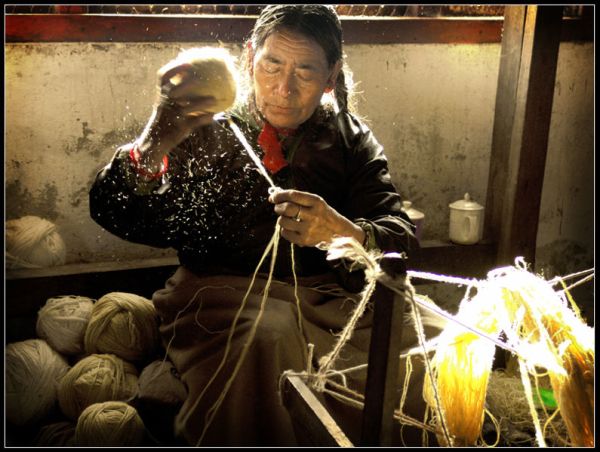
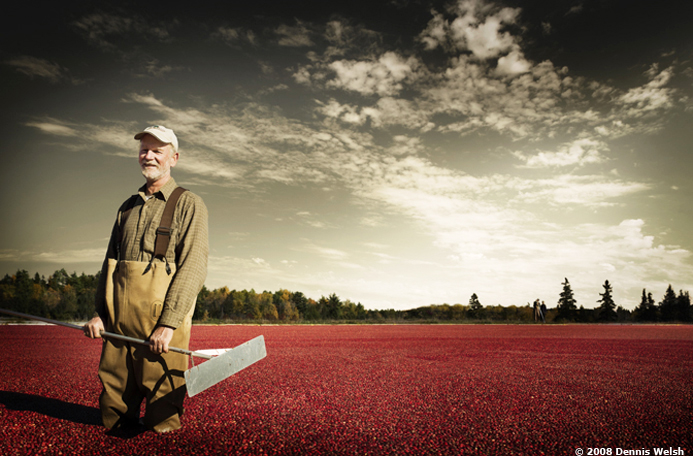

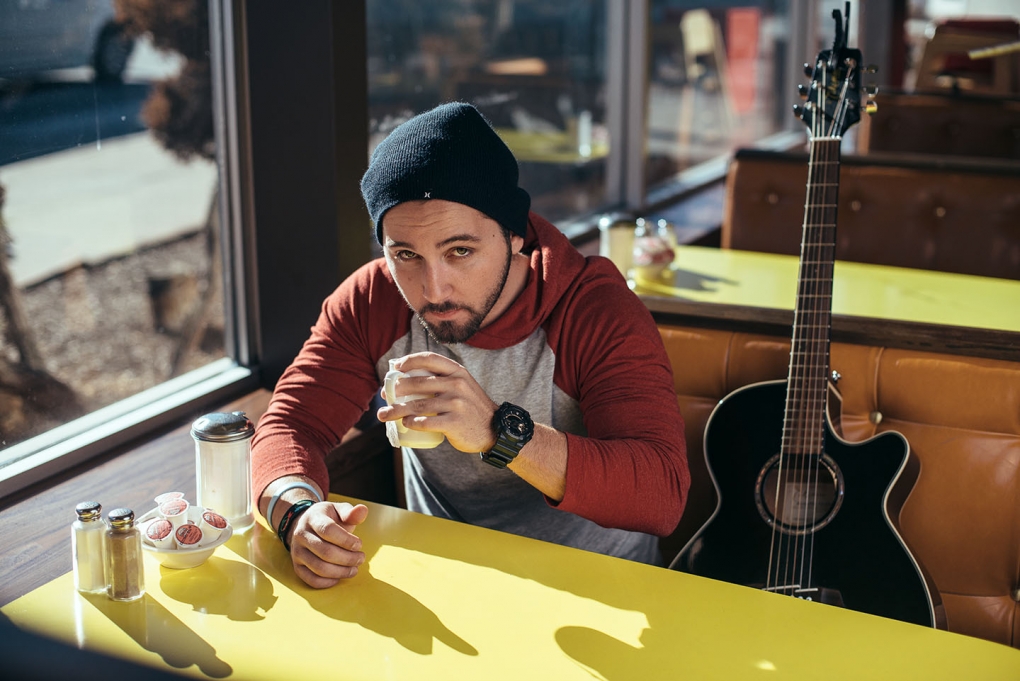
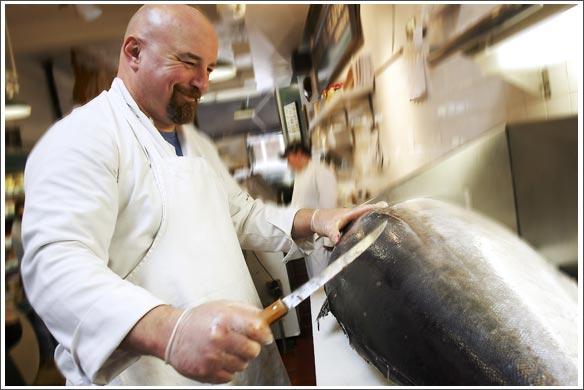
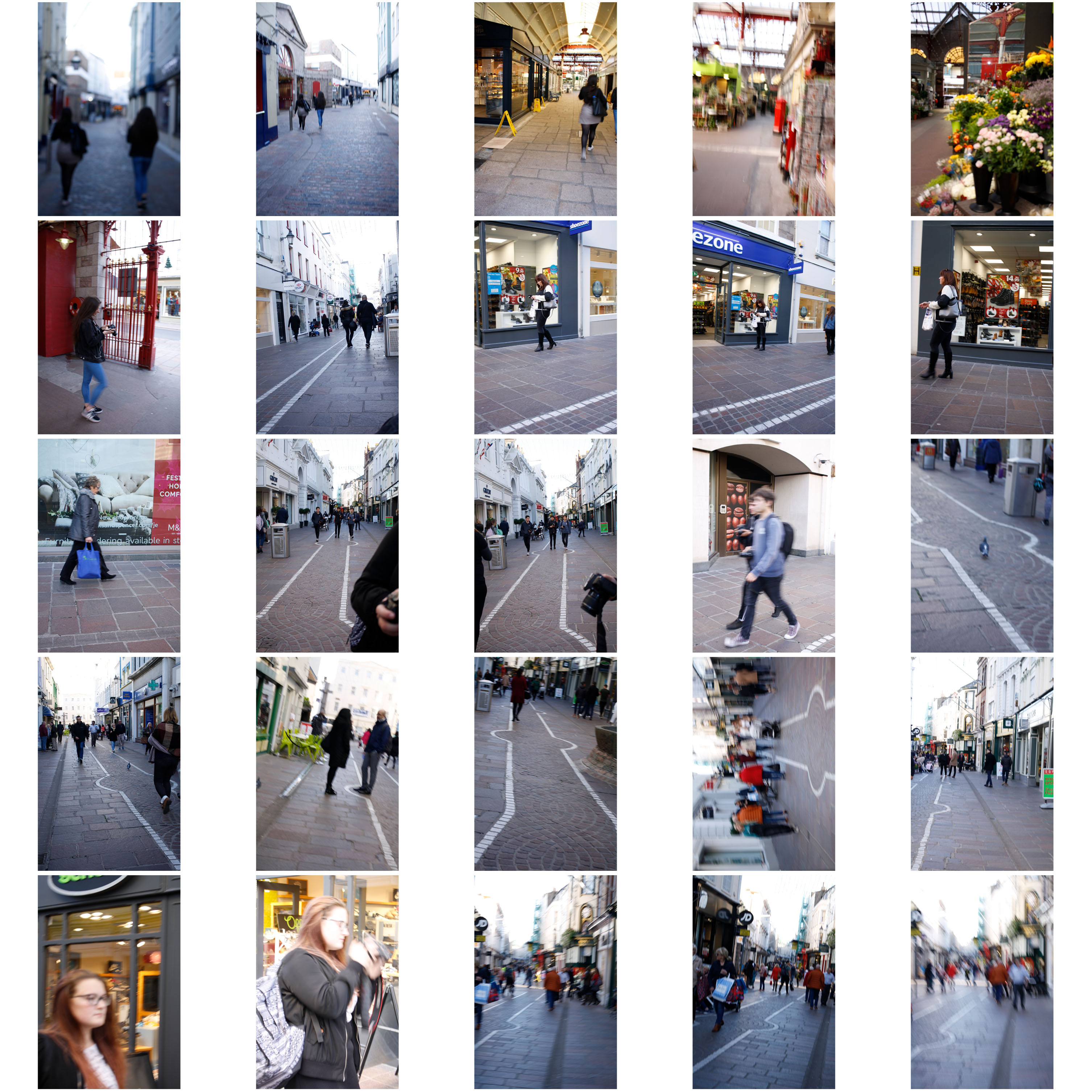
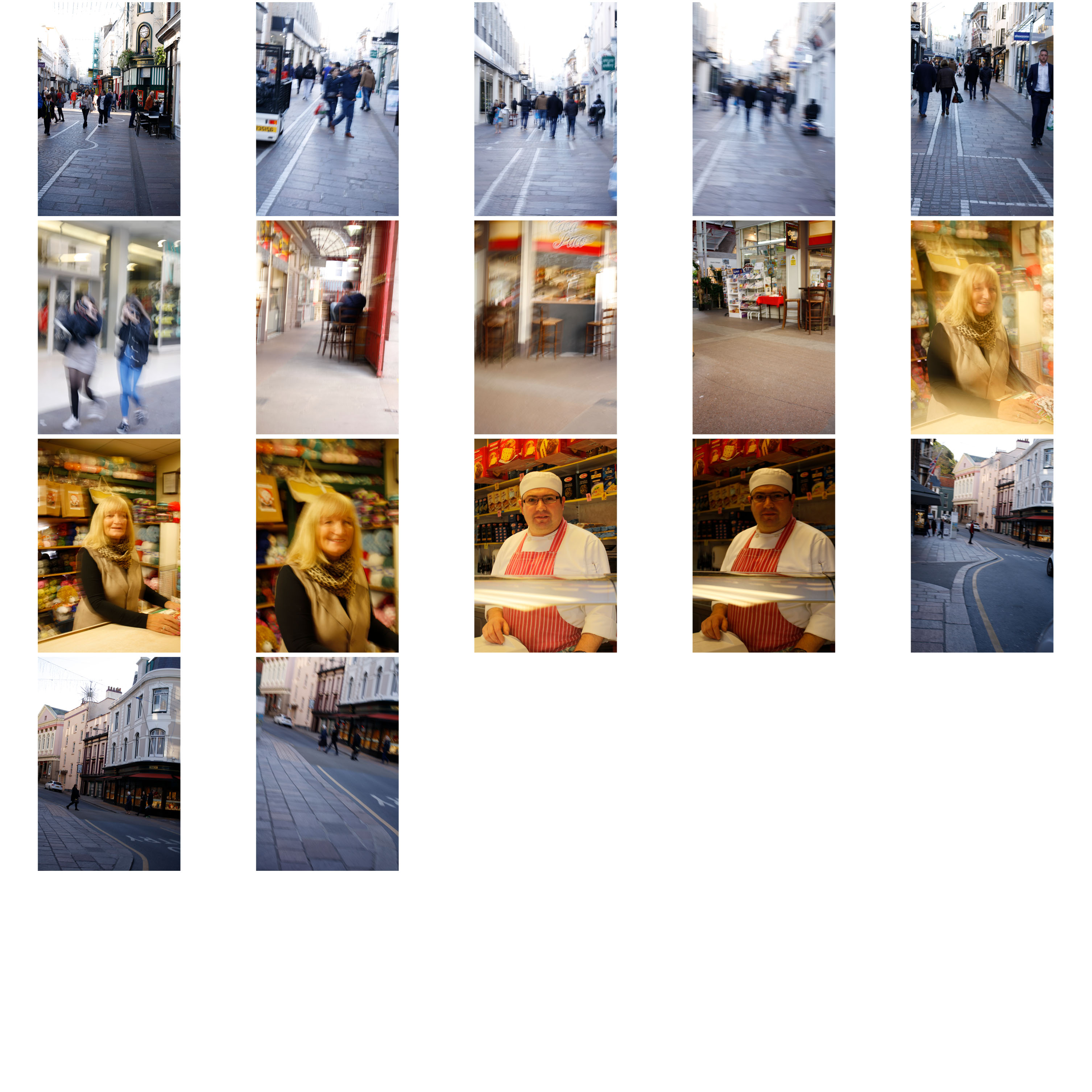 Here are my results for the Street Photography, I like some of the photos however some of the results have come out blurry but i can change these by converting them into black and white.
Here are my results for the Street Photography, I like some of the photos however some of the results have come out blurry but i can change these by converting them into black and white.